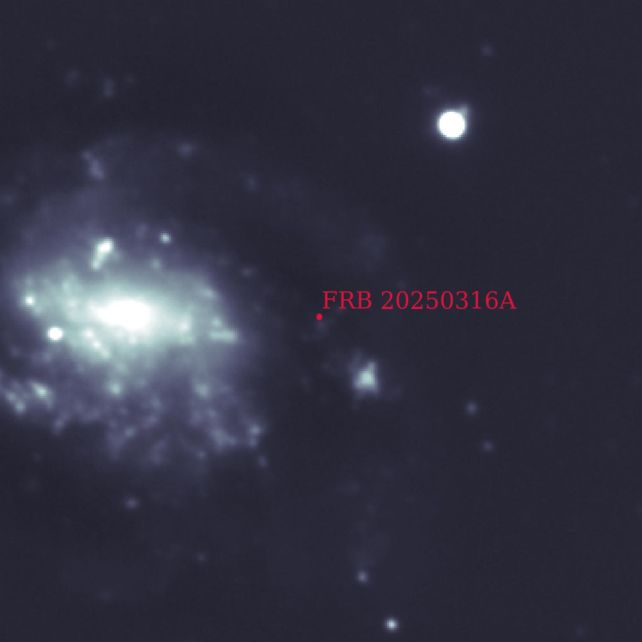Alexander DH, Novembre J, Lange K (2009) Fast model-based estimation of ancestry in unrelated individuals. Genome Res 19(9):1655–1664.
PubMed
PubMed Central
Google Scholar
Alexander LF, Riddle BR (2005) Phylogenetics of the New World rodent family Heteromyidae. J Mammal 86(2):366–379.
Google Scholar
Avise JC, Walker D, Johns GC (1998) Speciation durations and Pleistocene effects on vertebrate phylogeography. Proc R Soc Lond B 265:1707–1712.
Google Scholar
Baack EJ, Rieseberg LH (2007) A genomic view of introgression and hybrid speciation. Curr Opin Genet Dev 17(6):513–518.
PubMed
PubMed Central
Google Scholar
Baker RJ, Bradley RD (2006) Speciation in mammals and the genetic species concept. J Mammal 87:643–662.
PubMed
Google Scholar
Best TL (1978) Variation in kangaroo rats (genus Dipodomys) of the heermanni group in Baja California, Mexico. J Mammal 59(1):160–175.
Google Scholar
Best TL (1983) Intraspecific variation in the agile kangaroo rat (Dipodomys agilis). J Mammal 64(3):426–436.
Google Scholar
Best TL, Sullivan RM, Cook JA, Yates TL (1986) Chromosomal, genic, and morphologic variation in the agile kangaroo rat, Dipodomys agilis (Rodentia: Heteromyidae). Syst Biol 35(3):311–324.
Google Scholar
Beysard M, Perrin N, Jaarola M, Heckel G, Vogel P (2012) Asymmetric and differential gene introgression at a contact zone between two highly divergent lineages of field voles (Microtus agrestis). J Evol Biol 25(2):400–408.
PubMed
Google Scholar
Bouckaert R, Vaughan TG, Barido-Sottani J, Duchêne S, Fourment M, Gavryushkina A et al. (2019) BEAST 2.5: An advanced software platform for Bayesian evolutionary analysis. PLoS Comput Biol 15(4):e1006650.
PubMed
PubMed Central
Google Scholar
Brüniche-Olsen A, Kellner KF, Anderson CJ, DeWoody JA (2018) Runs of homozygosity have utility in mammalian conservation and evolutionary studies. Conserv Genet 19(6):1295–1307.
Google Scholar
Burri R, Nater A, Kawakami T, Mugal CF, Olason PI, Smeds L et al. (2015) Linked selection and recombination rate variation drive the evolution of the genomic landscape of differentiation across the speciation continuum of Ficedula flycatchers. Genome Res 25(11):1656–1665.
PubMed
PubMed Central
Google Scholar
Castiglia R (2014) Sympatric sister species in rodents are more chromosomally differentiated than allopatric ones: implications for the role of chromosomal rearrangements in speciation. Mammal Rev 44(1):1–4.
Google Scholar
Ceballos G, Arroyo-Cabrales J, Ponce E (2010) Effects of Pleistocene environmental changes on the distribution and community structure of the mammalian fauna of Mexico. Quat Res 73(3):464–473.
Google Scholar
Ceballos FC, Joshi PK, Clark DW, Ramsay M, Wilson JF (2018) Runs of homozygosity: windows into population history and trait architecture. Nat Rev Genet 19(4):220–234.
PubMed
Google Scholar
Chen Y, Zhao L, Teng H, Shi C, Liu Q, Zhang J et al. (2021) Population genomics reveal rapid genetic differentiation in a recently invasive population of Rattus norvegicus. Front Zool 18: 6.
PubMed
PubMed Central
Google Scholar
Cheng H, Concepcion GT, Feng X, Zhang H, Li H (2021) Haplotype-resolved de novo assembly using phased assembly graphs with hifiasm. Nat Methods 18(2):170–175.
PubMed
PubMed Central
Google Scholar
Chock RY, Shier DM, Grether GF (2022) Niche partitioning in an assemblage of granivorous rodents, and the challenge of community‑level conservation. Oecologia 198:553–565.
PubMed
PubMed Central
Google Scholar
Csuti BA (1971) Karyotypes of kangaroo rats from southern California. J Mammal 52(1):202–206.
PubMed
Google Scholar
Csuti BA (1979) Current status of the chisel-toothed kangaroo rat in Joshua Tree National Monument. Southwest Naturalist 24(3):530–533.
Google Scholar
Curnoe D, Thorne A, Coate JA (2006) Timing and tempo of primate speciation. J Evol Biol 19:59–65.
PubMed
Google Scholar
Danecek P, Bonfield JK, Liddle J, Marshall J, Ohan V, Pollard MO et al. (2021) Twelve years of SAMtools and BCFtools. Gigascience 10(2):giab008.
PubMed
PubMed Central
Google Scholar
Darriba D, Posada D, Kozlov AM, Stamatakis A, Morel B, Flouri T (2020) ModelTest-NG: a new and scalable tool for the selection of DNA and protein evolutionary models. Mol Biol Evol 37(1):291–294.
PubMed
Google Scholar
Deinum EE, Halligan DL, Ness RW, Zhang YH, Cong L, Zhang JX et al. (2015) Recent evolution in Rattus norvegicus is shaped by declining effective population size. Mol Biol Evol 32(10):2547–2558.
PubMed
PubMed Central
Google Scholar
Dobigny G, Britton-Davidian J, Robinson TJ (2017) Chromosomal polymorphism in mammals: an evolutionary perspective. Biol Rev 92(1):1–21.
PubMed
Google Scholar
Eid J, Fehr A, Gray J, Luong K, Lyle J, Otto G et al. (2009) Real-time DNA sequencing from single polymerase molecules. Science 323(5910):133–138.
PubMed
Google Scholar
Evanno G, Regnaut S, Goudet J (2005) Detecting the number of clusters of individuals using the software STRUCTURE: a simulation study. Mol Ecol 14(8):2611–2620.
PubMed
Google Scholar
Ferris KG, Chavez AS, Suzuki TA, Beckman EJ, Phifer-Rixey M, Bi K et al. (2021) The genomics of rapid climatic adaptation and parallel evolution in North American house mice. PloS Genet 17(4):e1009495.
PubMed
PubMed Central
Google Scholar
Fontsere C, de Manuel M, Marques-Bonet T, Kuhlwilm M (2019) Admixture in mammals and how to understand its functional implications: on the abundance of gene flow in mammalian species, its impact on the genome, and roads into a functional understanding. BioEssays 41(12):1900123.
Google Scholar
Franklin IR (1980) Evolutionary changes in small populations. In: Soule ME, Wilcox BA, eds. Conservation biology: an evolutionary-ecological perspective, Sinauer Associates, Sunderland, Massachusetts, pp. 135–149
Ge D, Feijó A, Wen Z, Lissovsky A, Zhang D, Cheng J et al. (2022) Ancient introgression underlying the unusual mito-nuclear discordance and coat phenotypic variation in the Moupin pika. Divers Distrib 28:2593–2609.
Google Scholar
Giménez MD, White TA, Hauffe HC, Panithanarak T, Searle JB (2013) Understanding the basis of diminished gene flow between hybridizing chromosome races of the house mouse. Evolution 67(5):1446–1462.
PubMed
Google Scholar
Han F, Lamichhaney S, Grant BR, Grant PR, Andersson L, Webster MT (2017) Gene flow, ancient polymorphism, and ecological adaptation shape the genomic landscape of divergence among Darwin’s finches. Genome Res 27(6):1004–1015.
PubMed
PubMed Central
Google Scholar
Hauffe HC, Searle JB (1998) Chromosomal heterozygosity and fertility in house mice (Mus musculus domesticus) from Northern Italy. Genetics 150(3):1143–1154.
PubMed
PubMed Central
Google Scholar
Hemstrom W, Grummer JA, Luikart G, Christie MR (2024) Next-generation data filtering in the genomics era. Nat Rev Genet 25(11):750–767.
PubMed
Google Scholar
Herrera ND, Bell KC, Callahan CM, Nordquist E, Sarver BAJ, Sullivan J et al. (2020) Genomic resolution of cryptic species diversity in chipmunks. Evolution 76:2004–2019.
Google Scholar
Horn A, Basset P, Yannic G, Banaszek A, Borodin PM, Bulatova NS et al. (2012) Chromosomal rearrangements do not seem to affect the gene flow in hybrid zones between karyotypic races of the common shrew (Sorex araneus). Evolution 66(3):882–889.
PubMed
Google Scholar
Jensen A, Swift F, de Vries D, Beck RMD, Kuderna LFK, Knauf S et al. (2023) Complex evolutionary history with extensive ancestral gene flow in an african primate radiation. Mol Biol Evol 40(12):msad247.
PubMed
PubMed Central
Google Scholar
Jensen-Seaman MI, Furey TS, Payseur BA, Lu Y, Roskin KM, Chen CF et al. (2004) Comparative recombination rates in the rat, mouse, and human genomes. Genome Res 14(4):528–538.
PubMed
PubMed Central
Google Scholar
Kimura M (1968) Evolutionary rate at the molecular level. Nature 217:624–626.
PubMed
Google Scholar
Kopelman NM, Mayzel J, Jakobsson M, Rosenberg NA, Mayrose I (2015) Clumpak: a program for identifying clustering modes and packaging population structure inferences across K. Mol Ecol Resour 15(5):1179–1191.
PubMed
PubMed Central
Google Scholar
Korunes KL, Samuk K (2021) pixy: Unbiased estimation of nucleotide diversity and divergence in the presence of missing data. Mol Ecol Resour 21(4):1359–1368.
PubMed
PubMed Central
Google Scholar
Kubiak BB, Kretschmer R, Leipnitz LT, Maestri R, de Almeida TS, Borges LR et al. (2020) Hybridization between subterranean tuco-tucos (Rodentia, Ctenomyidae) with contrasting phylogenetic positions. Sci Rep 10(1):1–13.
Google Scholar
Lande R (1995) Mutation and conservation. Cons Biol 9:782–791.
Google Scholar
Li H (2013) Seqtk: a fast and lightweight tool for processing FASTA or FASTQ sequences. https://github.com/lh3/seqtk.
Li H (2018) Minimap2: pairwise alignment for nucleotide sequences. Bioinformatics 34(18):3094–3100.
PubMed
PubMed Central
Google Scholar
Li H, Durbin R (2009) Fast and accurate short read alignment with Burrows–Wheeler transform. bioinformatics 25(14):1754–1760.
PubMed
PubMed Central
Google Scholar
Li H, Durbin R (2011) Inference of human population history from individual whole-genome sequences. Nature 475(7357):493–496.
PubMed
PubMed Central
Google Scholar
Li H, Handsaker B, Wysoker A, Fennell T, Ruan J, Homer N et al. (2009) The sequence alignment/map format and SAMtools. Bioinformatics 25(16):2078–2079.
PubMed
PubMed Central
Google Scholar
Lindsay SJ, Rahbari R, Kaplanis J, Keane T, Hurles ME (2019) Similarities and differences in patterns of germline mutation between mice and humans. Nat Commun 10(1):1–12.
Google Scholar
Long AD, Baldwin-Brown J, Tao Y, Cook VJ, Balderrama-Gutierrez G, Corbett-Detig et al. (2019) The genome of Peromyscus leucopus, natural host for Lyme disease and other emerging infections. Sci Adv 5:eaaw6441.
PubMed
PubMed Central
Google Scholar
Lou RN, Jacobs A, Wilder AP, Therkildsen NO (2021) A beginner’s guide to low-coverage whole genome sequencing for population genomics. Mol Ecol 30(23):5966–5993.
PubMed
Google Scholar
Mackintosh A, Vila R, Martin SH, Setter D, Lohse K (2023) Do chromosome rearrangements fix by genetic drift or natural selection? A test in Brenthis butterflies. Mol Ecol 00:1–15.
Google Scholar
Malcher SM, Pieczarka JC, Geise L, Rossi RV, Pereira AL, O’Brien PCM et al. (2017) Oecomys catherinae (Sigmodontinae, Cricetidae): evidence for chromosomal speciation?. PloS One 12(7):e0181434.
PubMed
PubMed Central
Google Scholar
Marks P, Garcia S, Barrio AM, Belhocine K, Bernate J, Bharadwaj R et al. (2019) Resolving the full spectrum of human genome variation using Linked-Reads. Genome Res 29:635–645.
PubMed
PubMed Central
Google Scholar
Metcalf AE, Nunney L, Hyman BC (2001) Geographic patterns of genetic differentiation within the restricted range of the endangered Stephens’ Kangaroo Rat Dipodomys Stephensi. Evolution 55(6):1233–1244.
PubMed
Google Scholar
Mussmann SM, Douglas MR, Chafin TK, Douglas ME (2020) A dmix Pipe: population analyses in Admixture for non-model organisms. BMC Bioinforma 21(1):1–9.
Google Scholar
Nachman MW (1992) Geographic patterns of chromosomal variation in South American marsh rats, Holochilus brasiliensis and H. vulpinus. Cytogenetic Genome Res 61(1):10–16.
Google Scholar
Nunney L (2000) The limits to knowledge in conservation genetics: the value of effective population size. Evol Biol 32:179–194.
Google Scholar
Nunney L (2016) The effect of neighborhood size on effective population size in theory and in practice. Heredity 117(4):224–232.
PubMed
PubMed Central
Google Scholar
Pardo-Diaz C, Salazar C, Baxter SW, Merot C, Figueiredo-Ready W, Joron M et al. (2012) Adaptive introgression across species boundaries in Heliconius butterflies. PLoS Genet 8(6):e1002752.
PubMed
PubMed Central
Google Scholar
Potter S, Moritz C, Eldridge MDB (2015) Gene flow despite complex Robertsonian fusions among rock-wallaby (Petrogale) species. Biol Lett 11(10):20150731.
PubMed
PubMed Central
Google Scholar
Price MV, Kelly PA (1994) An age-structured demographic model for the endangered Stephens’ kangaroo rat. Conserv Biol 8(3):810–821.
Google Scholar
Price MV, Kelly PA, Goldingay RL (1994) Distances moved by Stephens’ kangaroo rat (Dipodomys stephensi Merriam) and implications for conservation. J Mammal 75(4):929–939.
Google Scholar
Purcell S, Neale B, Todd-Brown K, Thomas L, Ferreira MA, Bender D et al. (2007) PLINK: a tool set for whole-genome association and population-based linkage analyses. Am J Hum Genet 81(3):559–575.
PubMed
PubMed Central
Google Scholar
Qumsiyeh MB, Coate JL, Peppers JA, Kennedy PK, Kennedy ML (1997) Robertsonian chromosomal rearrangements in the short-tailed shrew, Blarina carolinensis, in western Tennessee. Cytogenetic Genome Res 76(3-4):153–158.
Google Scholar
Rambaut, A, 2018. Figtree ver 1.4.4. Institute of Evolutionary Biology. University of Edinburgh, Edinburgh.
Google Scholar
Reid, F, 2006. Peterson field guide to mammals of North America. HarperCollins.
Google Scholar
Sievers F, Wilm A, Dineen D, Gibson TJ, Karplus K, Li W et al. (2011) Fast, scalable generation of high-quality protein multiple sequence alignments using Clustal Omega. Mol Syst Biol 7(1):539.
PubMed
PubMed Central
Google Scholar
Simão FA, Waterhouse RM, Ioannidis P, Kriventseva EV, Zdobnov EM (2015) BUSCO: assessing genome assembly and annotation completeness with single-copy orthologs. Bioinformatics 31(19):3210–3212.
PubMed
Google Scholar
Shurtliff QR (2013) Mammalian hybrid zones: a review. Mammal Rev 43(1):1–21.
Google Scholar
Stock AD(1974) Chromosome evolution in the genus Dipodomys and its taxonomic and phylogenetic implications. J Mammal 55:505–526.
PubMed
Google Scholar
Suarez-Gonzalez A, Hefer CA, Lexer C, Cronk QC, Douglas CJ (2018) Scale and direction of adaptive introgression between black cottonwood (Populus trichocarpa) and balsam poplar (P. balsamifera). Mol Ecol 27(7):1667–1680.
PubMed
Google Scholar
Subramanian B, Gao S, Lercher MJ, Hu S, Chen WH (2019) Evolview v3: a webserver for visualization, annotation, and management of phylogenetic trees. Nucleic Acids Res 47:W270–W275.
PubMed
PubMed Central
Google Scholar
Sullivan RM, Best TL (1997) Systematics and morphologic variation in two chromosomal forms of the agile Kangaroo rat (Dipodomys agilis). J Mammal 78(3):775–797.
Google Scholar
Suyama M, Torrents D, Bork P (2006) PAL2NAL: robust conversion of protein sequence alignments into the corresponding codon alignments. Nucleic Acids Res 34(suppl_2):W609–W612.
PubMed
PubMed Central
Google Scholar
Swanson BJ (2001) An empirical evaluation of effective population size estimators. Doctoral dissertation, Purdue University
Swofford, DL, (2002) PAUP*. Phylogenetic Analysis Using Parsimony (*and Other Methods). Version 4. Sinauer Associates, Sunderland, Massachusetts.
Tigano A, Colella JP, MacManes MD (2020) Comparative and population genomics approaches reveal the basis of adaptation to deserts in a small rodent. Mol Ecol 29(7):1300–1314.
PubMed
PubMed Central
Google Scholar
Uchimura A, Higuchi M, Minakuchi Y, Ohno M, Toyoda A, Fujiyama A et al. (2015) Germline mutation rates and the long-term phenotypic effects of mutation accumulation in wild-type laboratory mice and mutator mice. Genome Res 25(8):1125–1134.
PubMed
PubMed Central
Google Scholar
Weir BS, Cockerham CC(1984) Estimating F-statistics for the analysis of population structure. Evolution 38:1358–1370.
PubMed
Google Scholar
Wilder AP, Supple MA, Subramanian A, Mudide A, Swofford R, Serres-Armero A et al. (2023) The contribution of historical processes to contemporary extinction risk in placental mammals. Science 380: eabn5856. https://doi.org/10.1126/science.abn5856.
PubMed
PubMed Central
Google Scholar
vonHoldt, Cahill BM, Fan JA, Gronau Z, Robinson I, Pollinger J et al. (2016) Whole-genome sequence analysis shows that two endemic species of North American wolf are admixtures of the coyote and gray wolf. Sci Adv 2: e1501714.
PubMed
PubMed Central
Google Scholar
Wong EL, Hiscock SJ, Filatov DA (2022) The role of interspecific hybridisation in adaptation and speciation: insights from studies in Senecio. Front Plant Sci 13:907363.
PubMed
PubMed Central
Google Scholar
Wright S (1946) Isolation by distance under diverse systems of mating. Genetics 31:39–59.
PubMed
PubMed Central
Google Scholar
Wright S (1949) The genetical structure of populations. Ann Eugen 15(1):323–354.
Google Scholar
Zhang J, Kobert K, Flouri T, Stamatakis A (2014) PEAR: a fast and accurate Illumina Paired-End reAd mergeR. Bioinformatics 30(5):614–620.
PubMed
Google Scholar
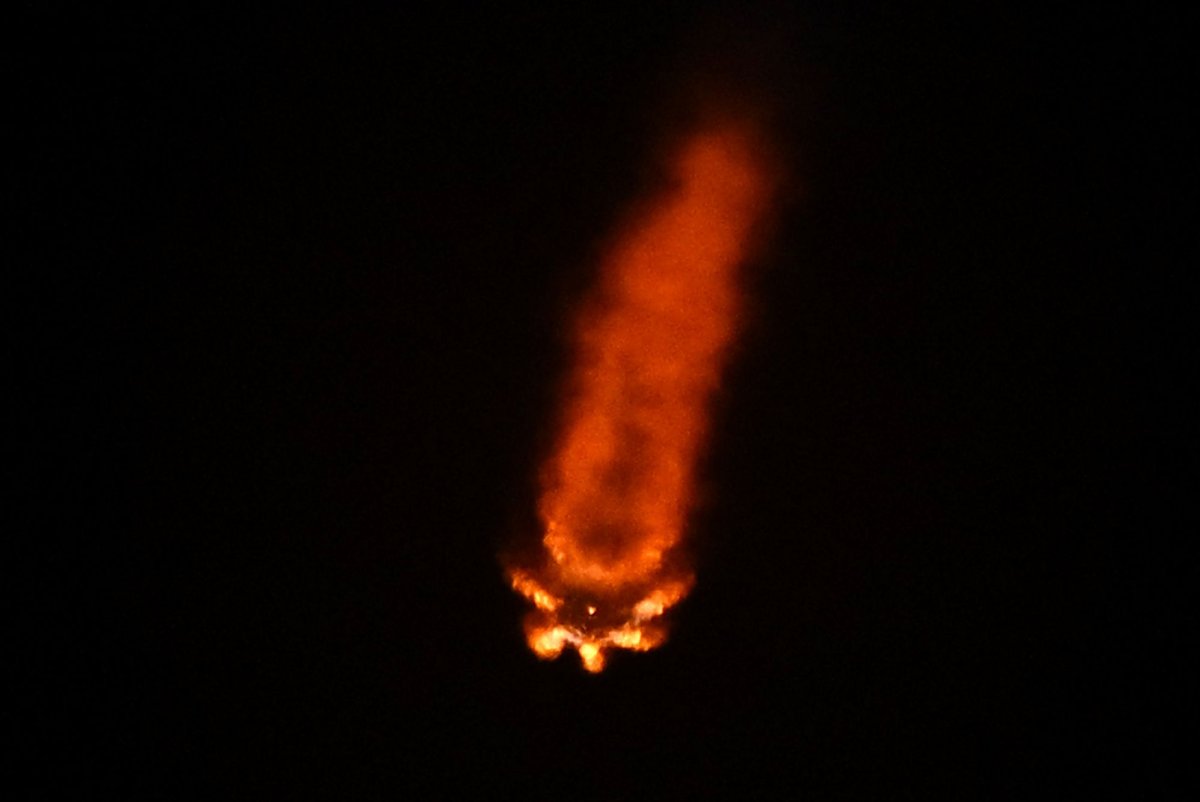
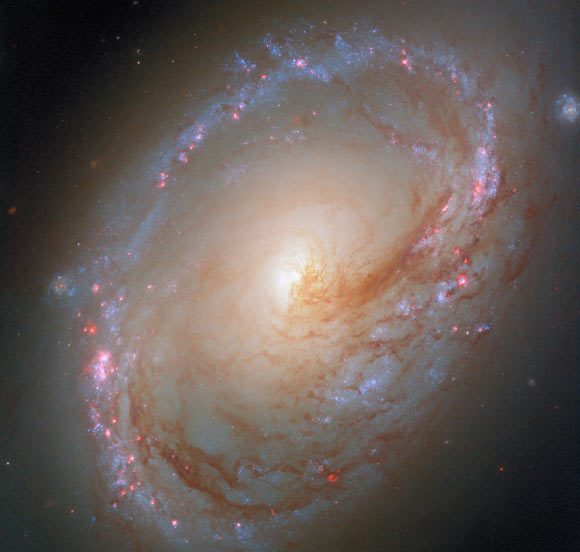
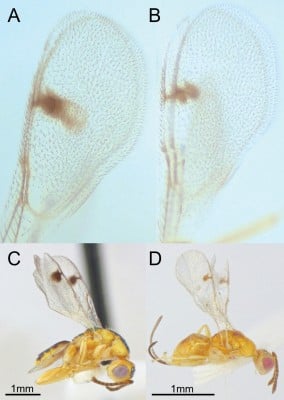
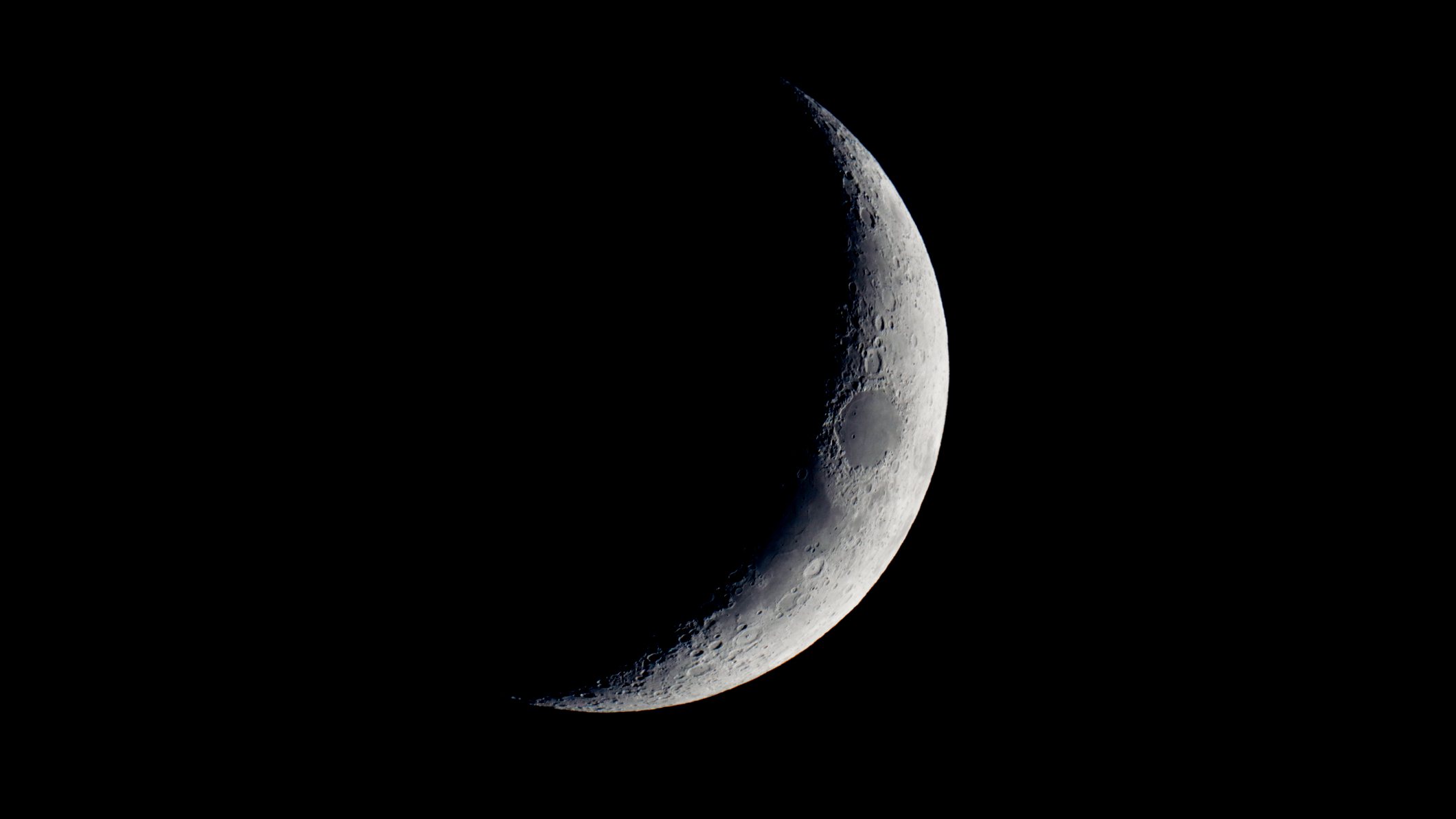
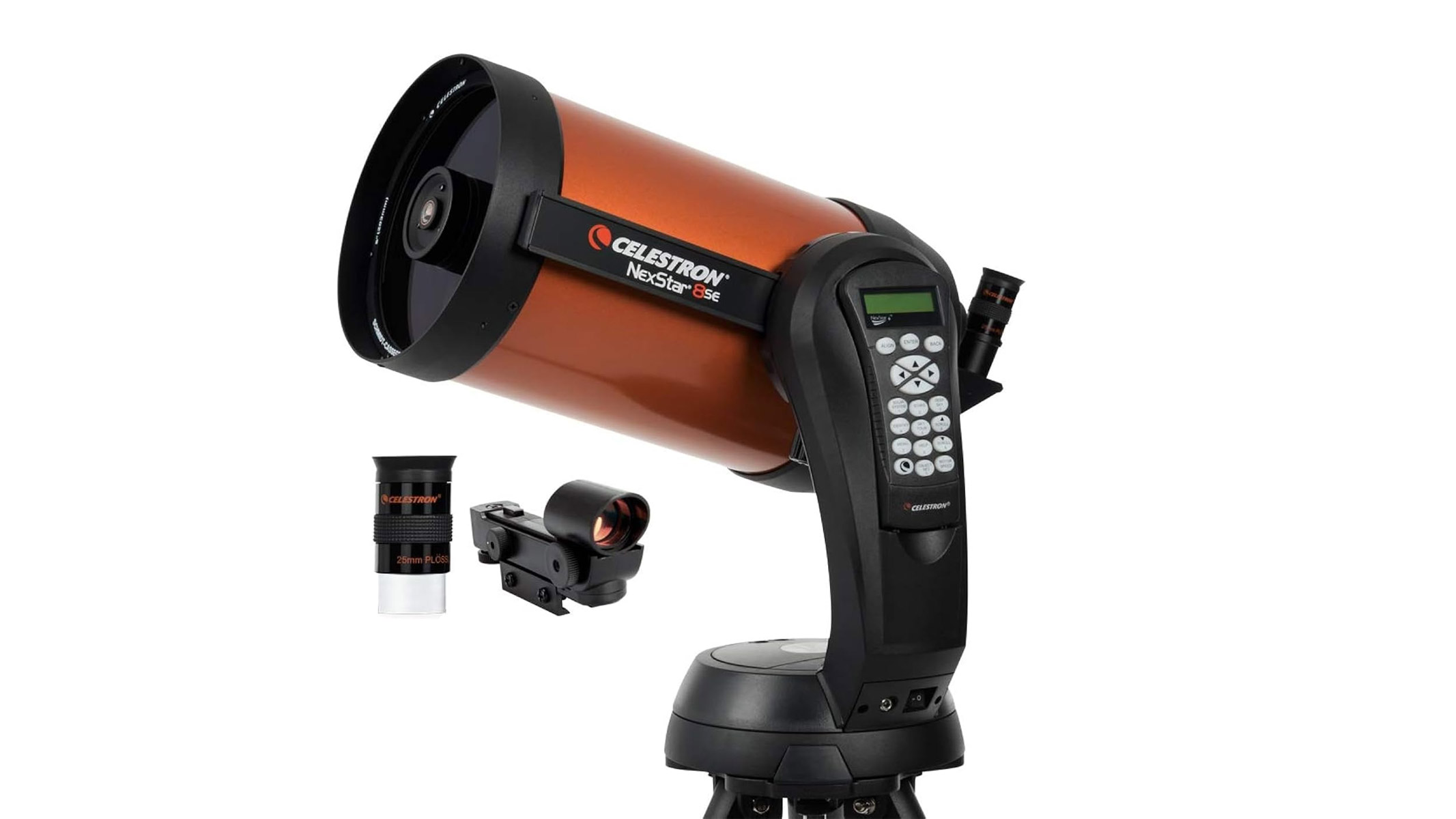

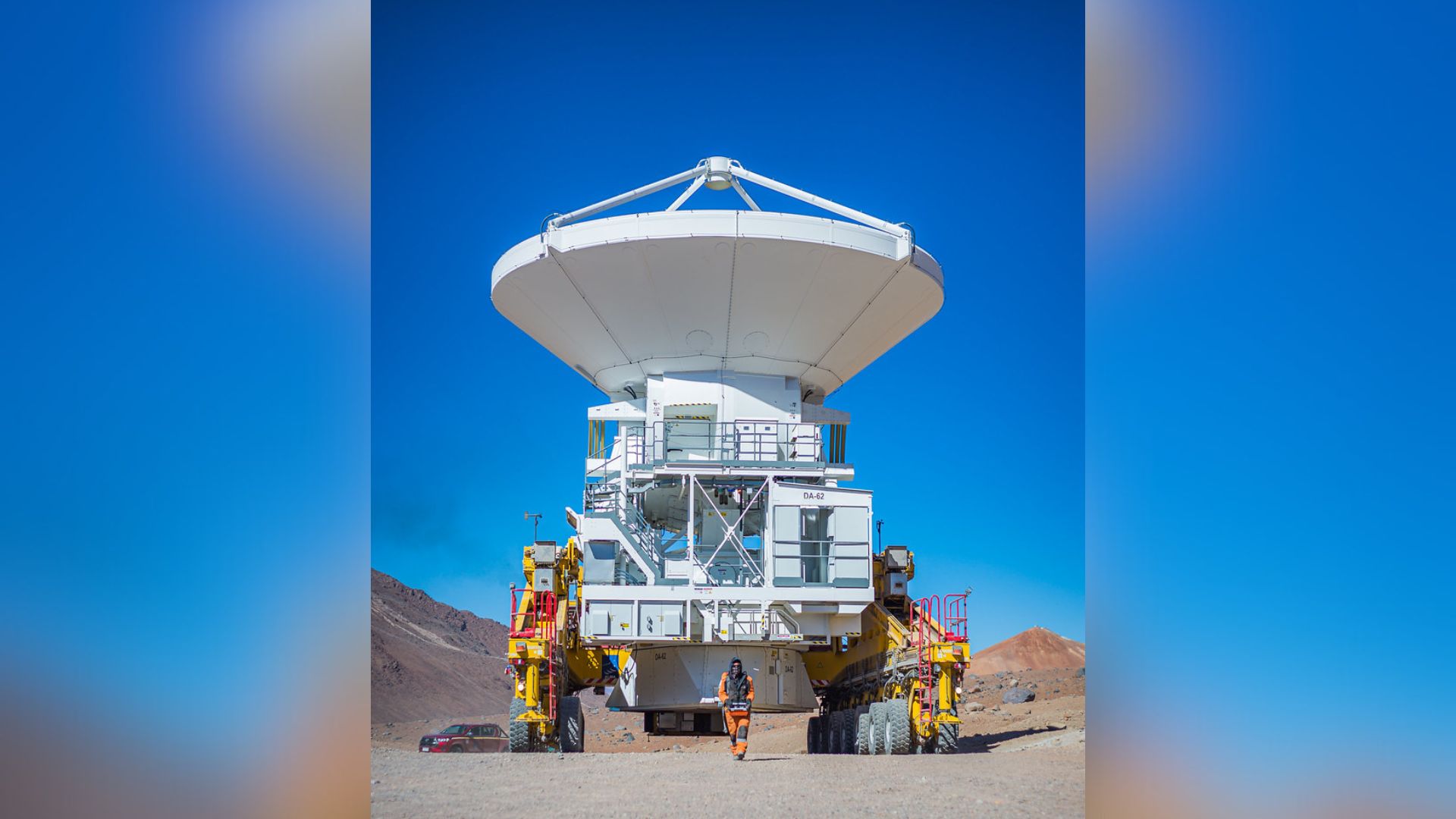

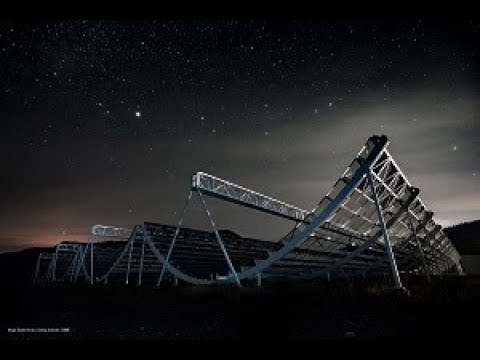 frameborder=”0″ allow=”accelerometer; autoplay; clipboard-write; encrypted-media; gyroscope; picture-in-picture; web-share” referrerpolicy=”strict-origin-when-cross-origin” allowfullscreen>
frameborder=”0″ allow=”accelerometer; autoplay; clipboard-write; encrypted-media; gyroscope; picture-in-picture; web-share” referrerpolicy=”strict-origin-when-cross-origin” allowfullscreen>